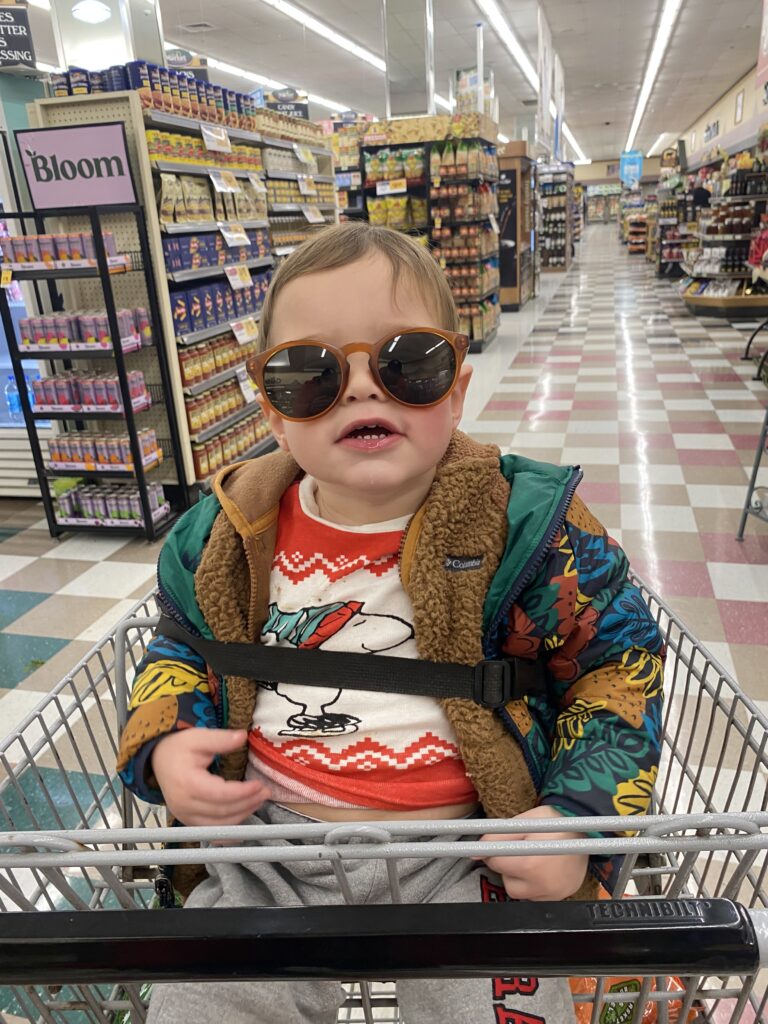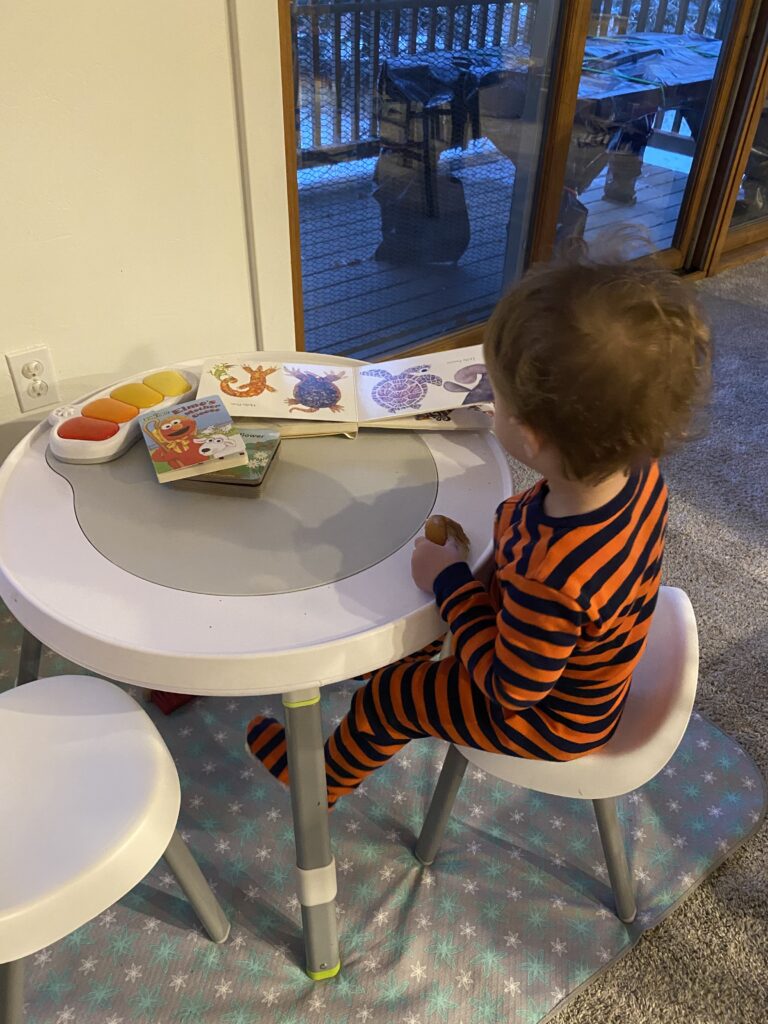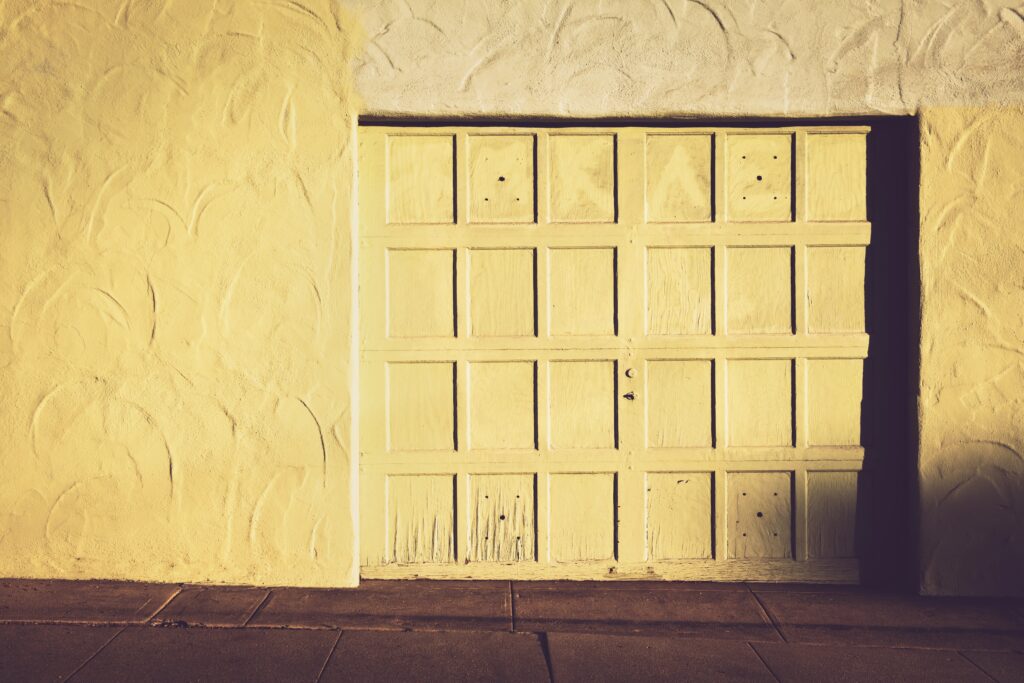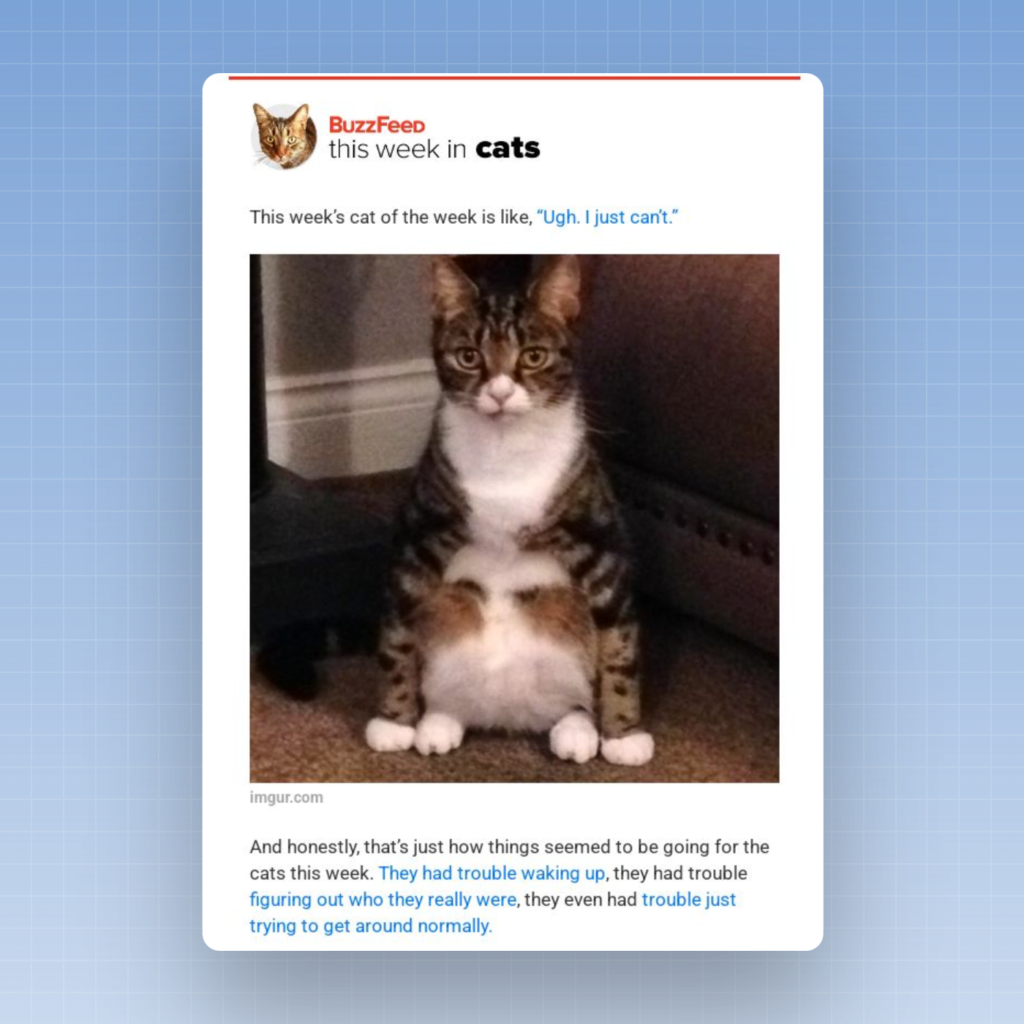
I had this moment yesterday where I wanted to skip ahead.
I sometimes get jealous of the parents who have a few kids who are already in elementary school. They’ve gotten through the toddler years where kids get sick every 20 minutes. (My son has RSV right now; so does everyone in his class.) They’ve gotten through sleepless nights and potty training. They can take their kids on big vacations and really do fun stuff with them.
Plus, they don’t need as much attention every day — so I could reclaim a bit of that time to get stuff done at work.
And then I thought about it some more and remembered: I don’t want to skip ahead. I don’t want to miss these moments. I hate that Ben is sick, but there are also wonderful moments these days, too. Yesterday, he climbed into my lap and gave me a huge hug — in a few years, he’ll be too big for that! (At this pace, he might be too big for that by July.) Those moments won’t last forever.
So I’m writing this to remind myself: I don’t want to hit fast-forward. I want to be here, right now, in the moments that will never happen again — big smiles and new foods and new experiences and colds and restless nights and all of that. This is part of the journey; I want to make the space to really be here for it.
———
That’s a photo of Ben wearing my sunglasses around the supermarket. When I talk about not skipping ahead, I’m talking about moments like that — he’s such a silly little guy!









